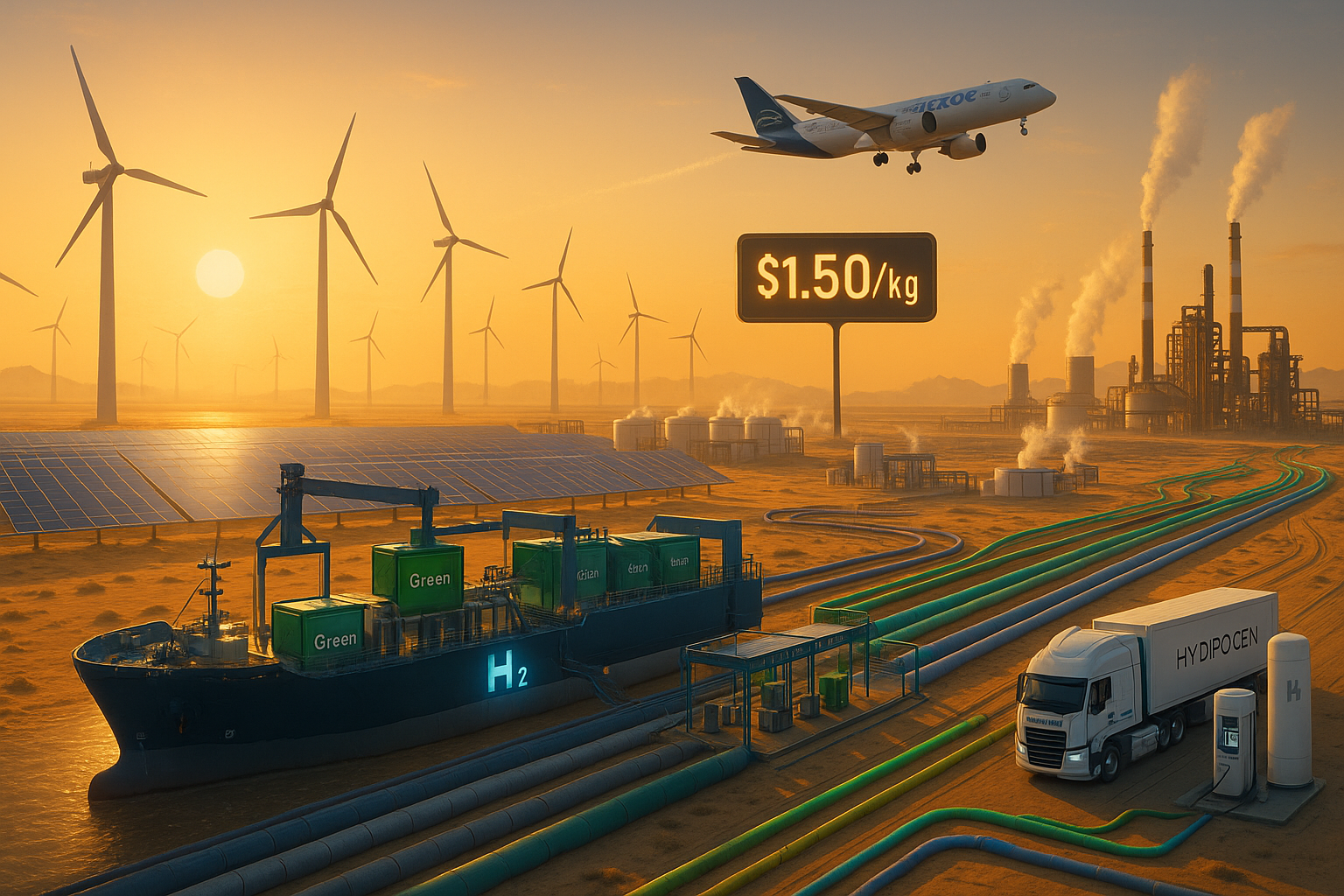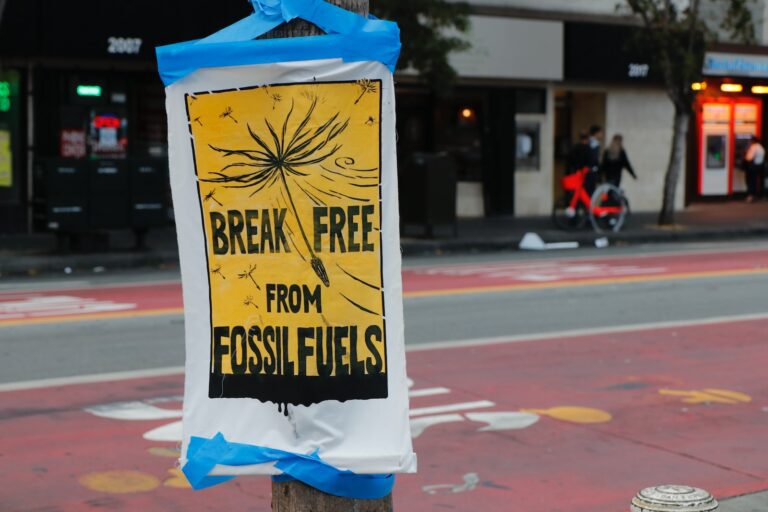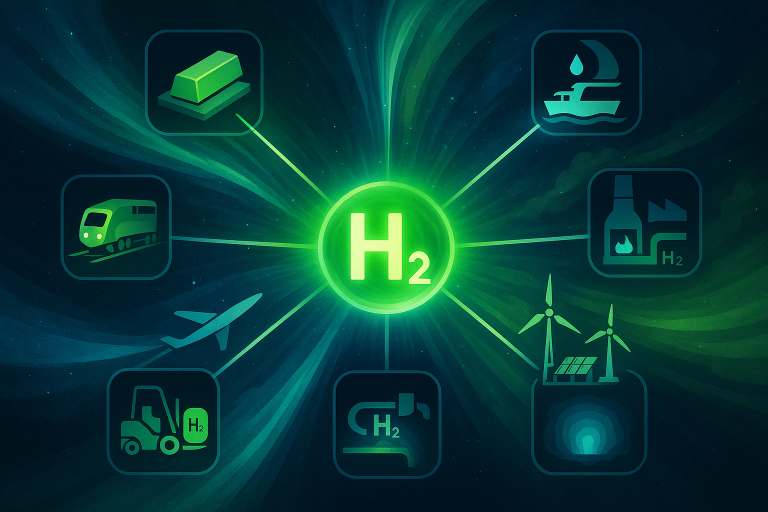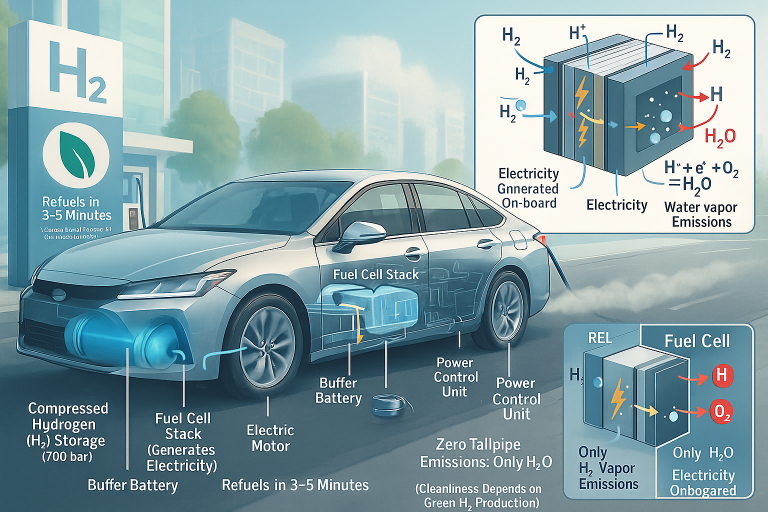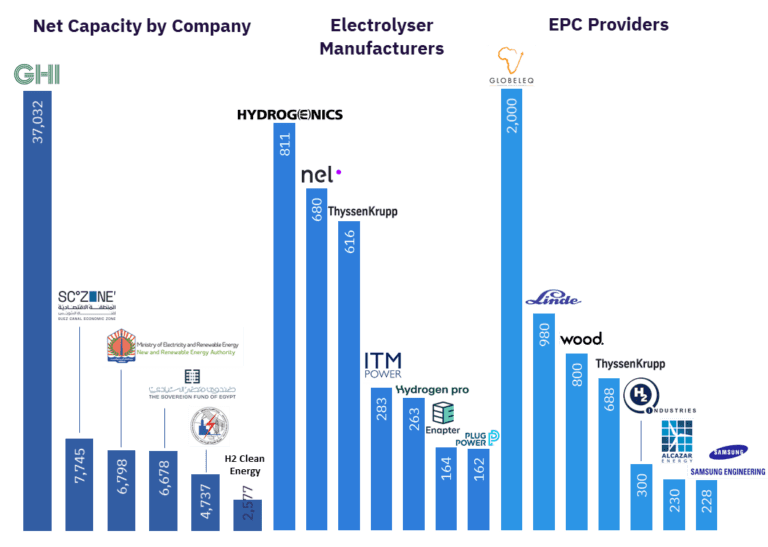Hydrogen Energy Applications: The Future of Clean Power
Hydrogen, the universe’s simplest and most abundant element, is poised to transform our global energy landscape. As nations accelerate efforts to combat climate change, hydrogen has emerged as a versatile energy carrier with unique capabilities to decarbonize sectors where traditional electrification falls short. Comprising approximately 90% of all visible matter in the cosmos, this colorless, odorless gas releases only water vapor when consumed, positioning it as the cornerstone of sustainable energy systems for the 21st century .
The true potential of hydrogen lies not merely in its environmental credentials but in its remarkable flexibility. Unlike conventional fuels, hydrogen serves dual roles as both an energy storage medium and a zero-emission fuel, capable of converting renewable electricity into storable chemical energy and back again. This unique characteristic makes it indispensable for balancing intermittent solar and wind resources while providing clean power for energy-intensive industries, transportation networks, and electricity generation .
Production Methods: The Hydrogen Spectrum
Hydrogen production methods are classified by a color-coded system reflecting environmental impact:
| Hydrogen Type | Production Method | CO2 Emissions | Current Cost (USD/kg) |
|---|---|---|---|
| Grey Hydrogen | Steam methane reforming (natural gas) | 9-20 kg/kg H₂ | $1.7-2.3 |
| Blue Hydrogen | Steam reforming + carbon capture | Reduced (~50-90%) | $1.3-3.6 |
| Green Hydrogen | Water electrolysis (renewable-powered) | Zero | $3.5-5.5 |
| Pink Hydrogen | Electrolysis (nuclear-powered) | Low | N/A |
Currently, approximately 95% of the 75 million tonnes of hydrogen consumed annually in the European Union derives from fossil fuels (predominantly grey hydrogen), contributing significantly to global CO₂ emissions. The transition to green hydrogen—produced through renewable-powered electrolysis—represents the most sustainable pathway. However, it remains more expensive than fossil-based alternatives, costing approximately $3.5-5.5 per kg compared to grey hydrogen’s $0.9-2.3 per kg. Blue hydrogen, which utilizes carbon capture technology, serves as a transitional solution but still relies on fossil fuels .
Key Cost Reduction Drivers for Green Hydrogen
| Factor | Current Status | 2030 Projection |
|---|---|---|
| Electrolyzer cost | $634–1,163/kW | $300–500/kW |
| Renewable electricity cost | $20–50/MWh | <$20/MWh in optimal regions |
| System efficiency | 60–70% | Up to 85% with solid oxide tech |
Innovations in electrolyzer design and scale-up of manufacturing will play a key role in making green hydrogen competitive.
Storage and Transportation: Overcoming Engineering Challenges
Storing and transporting hydrogen is complex due to its low density. Common methods include:
- Compressed gas: Stored at high pressure (700 bar), costing around $15/kWh and losing 10–15% of energy during compression.
- Liquefaction: Cooled to -253°C, which consumes about 30% of the energy and costs roughly $2.5/kg.
- Material-based storage: Uses metal hydrides or liquid organic carriers, offering safer and more compact solutions.
Transportation infrastructure is limited, with only 5,000 km of dedicated hydrogen pipelines globally. Retrofitting existing gas pipelines is being explored, though hydrogen embrittlement remains a challenge.
Sectoral Applications: Deployment Progress and Innovations
Transportation Beyond Light-Duty Vehicles
Hydrogen fuel cells are gaining traction in heavy-duty applications:
- Heavy Trucking: Offers ranges over 500 km with fast refueling. Bosch estimates total cost of ownership (TCO) at $0.25/km, becoming competitive with diesel by 2030.
- Aviation: Airbus aims to launch a 200-passenger hydrogen plane by 2035. Liquid hydrogen storage is key to reducing aircraft weight.
- Maritime: Hydrogen-derived ammonia powers ships with minimal engine changes. The Energy Observer 2 demonstrates a range of 8,000 km using hydrogen.
Industrial Decarbonization
Hydrogen plays a crucial role in decarbonizing heavy industries:
- Steelmaking: Replacing coking coal with green hydrogen in direct reduced iron (DRI) processes could cut emissions by up to 95%. Projects like HyDeal Spain aim to produce 300,000 tons/year by 2030.
- Chemicals: Green ammonia made via the Haber-Bosch process can replace fossil-fuel-based fertilizers, addressing 1.8% of global energy use.
- Power Generation: Solid oxide fuel cells (SOFCs) offer 85% efficiency when used for combined heat and power, providing grid stability.
Energy Storage and Grid Balancing
Hydrogen enables long-duration energy storage, absorbing excess renewable energy during peak production. This helps balance intermittent solar and wind supplies.
Projects such as California’s NCPA initiative and France’s Jupiter 1000 demonstrate how hydrogen can be converted back to electricity or synthetic methane for grid use. By 2030, seasonal storage costs could fall below $100/kWh, outperforming lithium-ion batteries for longer durations.
Economic and Environmental Trade-Offs
To compete with grey hydrogen, green hydrogen must reach $1–2/kg. Achieving this requires scaling electrolyzer production, integrating renewables behind the meter, and implementing meaningful carbon pricing.
Despite zero operational emissions, green hydrogen does have environmental impacts:
- Water Use: Requires 9–12 tons of water per ton of H₂, posing challenges in arid regions.
- Material Demand: Nickel and platinum group metals are needed for electrolyzers, though recycling could supply 50% of materials by 2040.
- Lifecycle Emissions: Depending on energy source, emissions can vary from 0.4 to 5.6 kg CO₂-eq/kg H₂.
Policy and Global Dynamics Reshaping Energy Geopolitics
Major economies are investing heavily in hydrogen strategies:
- United States: The Inflation Reduction Act offers tax credits up to $3/kg for green hydrogen.
- European Union: Enforces strict renewable matching rules and plans hydrogen refueling corridors by 2030.
- India: Aims for 5 million metric tons/year of green hydrogen by 2030 under its National Hydrogen Mission.
- China: Leads in electrolyzer manufacturing, focusing on alkaline systems.
Global trade patterns are shifting. Regions like Africa and Australia may become major exporters, while Europe and Northeast Asia face potential supply gaps. Hydrogen’s distributed nature also reduces risks of energy monopolies compared to oil.
Future Outlook: Accelerating the Hydrogen Transition
Emerging technologies will shape the future of hydrogen:
- Electrolyzer Innovation: Anion exchange membrane (AEM) systems could cut costs by 50% without relying on platinum.
- Geologic Hydrogen: Natural hydrogen trapped underground could provide a nearly limitless supply, potentially at $1/kg by 2030.
- Hydrogen-Based Fuels: Ammonia and methanol offer easier handling and storage options for shipping and industry.
Integrated Energy Ecosystems
Future success hinges on:
- Digital tools to optimize hydrogen production with variable renewable sources.
- Infrastructure upgrades, including repurposing 40% of natural gas pipelines for hydrogen.
- Circular economy practices, such as fuel cell recycling to recover valuable materials.
Key Insight: Hydrogen is not a standalone solution but a keystone complement to renewables. Its true value lies in enabling decarbonization where direct electrification isn’t viable—especially in aviation, steelmaking, chemicals, and long-term energy storage.
Roadmap to 2050
- 2025–2030: Blue hydrogen bridges the gap; electrolyzer capacity reaches 300 GW; green hydrogen costs fall to $2.0–2.5/kg.
- 2030–2040: Green hydrogen becomes dominant; half of new steel projects use hydrogen DRI; maritime shifts to ammonia fuels.
- 2040–2050: Hydrogen meets 12% of global energy demand, avoids 7 Gt/year of CO₂, and scales to over 600 Mt/year production.
Conclusion
Hydrogen’s role in the clean energy transition depends on overcoming economic, technical, and environmental hurdles. While storage, transportation, and resource constraints remain, innovations in geologic extraction, electrolyzer technology, and industrial integration position hydrogen as a critical component of the net-zero future.
Strategic focus should prioritize applications where alternatives are lacking—ensuring hydrogen supports rather than delays the shift toward a fully renewable energy system.

